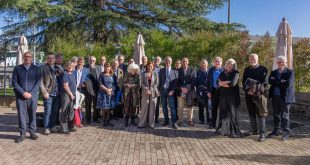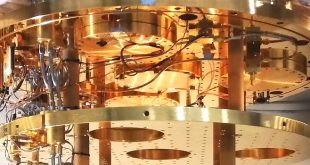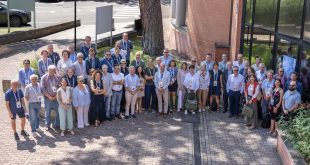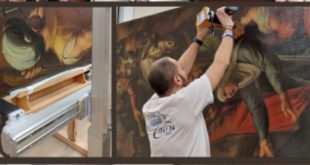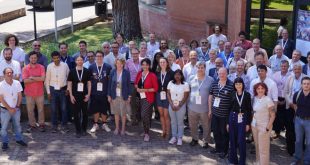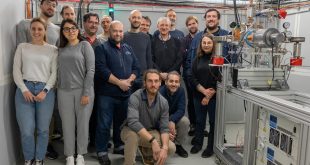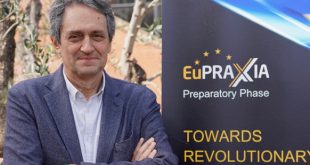On November 15th, members of the Royal Swedish Academy of Sciences of the Physics Class visited the Frascati National Laboratory, where they were welcomed by the Director, Paola Gianotti, and the President, Antonio Zoccoli.
Read More »Featured
QUAX’s first step towards the haunt for axions
A significant milestone in the search for dark matter has been achieved at the INFN Frascati. National Laboratory.
Read More »Accelerator physics: the ECFA plenary meeting at the INFN Frascati National Laboratories
The 114th plenary meeting of the European Committee for Accelerators of the Future (ECFA) took place on 4-5 July at INFN Frascati National Laboratories. The event gathered over 60 representatives of the Committee, consisting of 29 member states and CERN, including Fabiola Gianotti, the Director General of the great European research centre.
Read More »From Palermo to Frascati, the long journey of an unknown version of the famous painting “Lo Spasimo di Palermo”, by Raffaello
An unknown version of the painting “Lo Spasimo di Palermo” by Raffaello Sanzio was hosted at the DAΦNE-Light laboratory of the National Laboratories of Frascati of INFN to carry out a diagnostic campaign aimed to reveal the mysteries held by the artwork.
Read More »Workshop “Present and Future of Hadron Physics” held at INFN Frascati National Laboratory
From June 17 to 19, 2024, the National Laboratory of Frascati (INFN) hosted an important workshop dedicated to the present and future of hadron physics in Europe.
Read More »Demonstration of particle bending in a curved plasma channel at SPARC_LAB
In a recently published paper in Physical Review Letters, the SPARC_LAB group presented a novel method for deflecting and guiding relativistic electron beams along curved paths using magnetic fields generated within plasma-discharge capillaries.
Read More »Great milestone achieved for the TEX facility
Great milestone achieved for the TEX facility: the high-power test of the EuPRAXIA@SPARC_LAB prototype has been successfully completed!
Read More »Paola Gianotti elected Director of the Frascati National Laboratory
During its meeting on May 31st, the Board of Directors of INFN appointed Paola Gianotti as the Director of the LNF, a position that she will assume starting from August 1st, 2024.
Read More »Pierluigi Campana new coordinator of the EuPRAXIA ESFRI and PP projects
The EuPRAXIA ESFRI Collaboration Board and the EuPRAXIA-PP Collaboration Board have approved the appointment of Dr Pierluigi Campana as new coordinator of the EuPRAXIA ESFRI and PP projects.
Read More »Summer Student Fellowships for scientific and technological research activities
The LNF Summer Student Program provides 5 two-month fellowships for scientific and technological training activities for university students or recent graduates to be carried out at the Frascati National Laboratory of INFN, focusing on the following activity:
Read More » INFN-LNF Laboratori Nazionali di Frascati
INFN-LNF Laboratori Nazionali di Frascati
